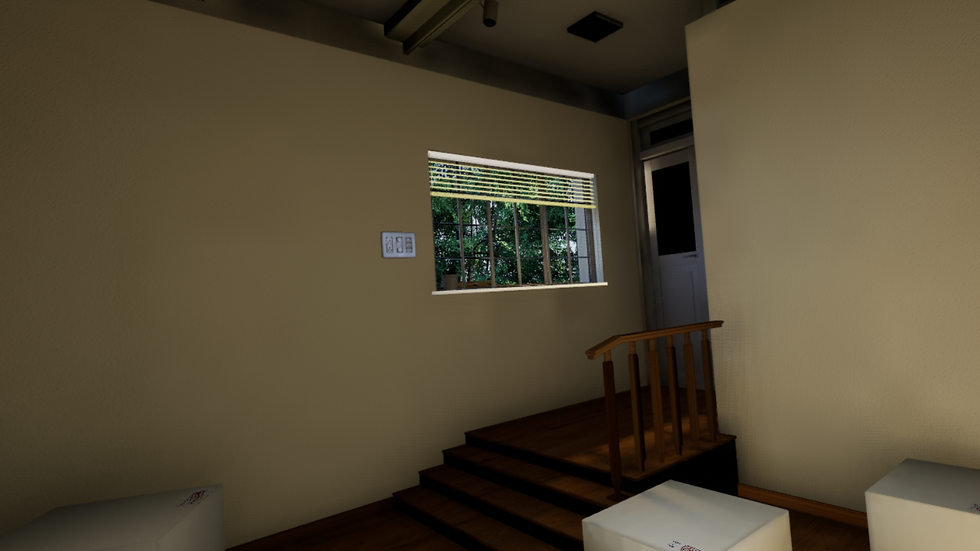

It’s the night before the exhibition. The artist’s latest works, seven sculptures, are arranged on their pedestals in an art gallery. When no one is around, they talk to each other about themselves, their unique qualities, and their potential owners. Among them is one sculpture who struggles to understand her identity. Through this narrative, the viewer gets a glimpse into her mind, and what she at the end learns about her ‘belonging’.
Sypnosis
Design of the Experience
We created ’Belonging’, a real-time VR narrative in which one has the freedom to experience the story by physically moving around in the environment and changing point-of-view as the story progresses. This study primarily focuses on how the various cues help the viewer navigate the space successfully in an intuitive manner. The space and the timeline of the narrative were accordingly planned with careful attention to the timings of each audio and visual cue.

2023
Background
VR narratives provide viewers with the feeling of being immersed in a story environment by giving them the freedom to look around and change their point-of-view during the experience. Storytellers use various techniques to guide the viewers to important plot points in a VR narrative. In this study, we look at the grammar of storytelling in a real-time six-degrees-of-freedom (6DoF) VR experience.
Figure 1: Spatial representation of the narrative with plot points and ideal path of the viewer
Figure 2: Temporal representation of the narrative with audio visual cues
BELONGING: Exploring Audio-Visual cues in a real-time 6DoF VR Film
field
Research Project, Virtual Reality
client
IDC School of Design, IIT Bombay
recognition

.png)




Technical Details
This experience was created using Unreal Engine 5 with the 3D objects created in Blender. To overcome the technical challenges that came with real-time VR narratives, we used a few unique techniques, such as (1) triggering the plot points based on the position or the POV of the viewer, (2) extensive use of spatial audio, (3) making the scene fade-to-black if the player walks beyond the room boundaries, (4) designing a natural vertical movement for climbing steps, (5) triggering the characters’ facial animations in real-time based on the audio of their dialogues. We believe that through this demonstration, we will be able to study how viewers experience and could experience stories in 6DoF VR.



